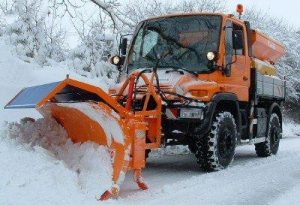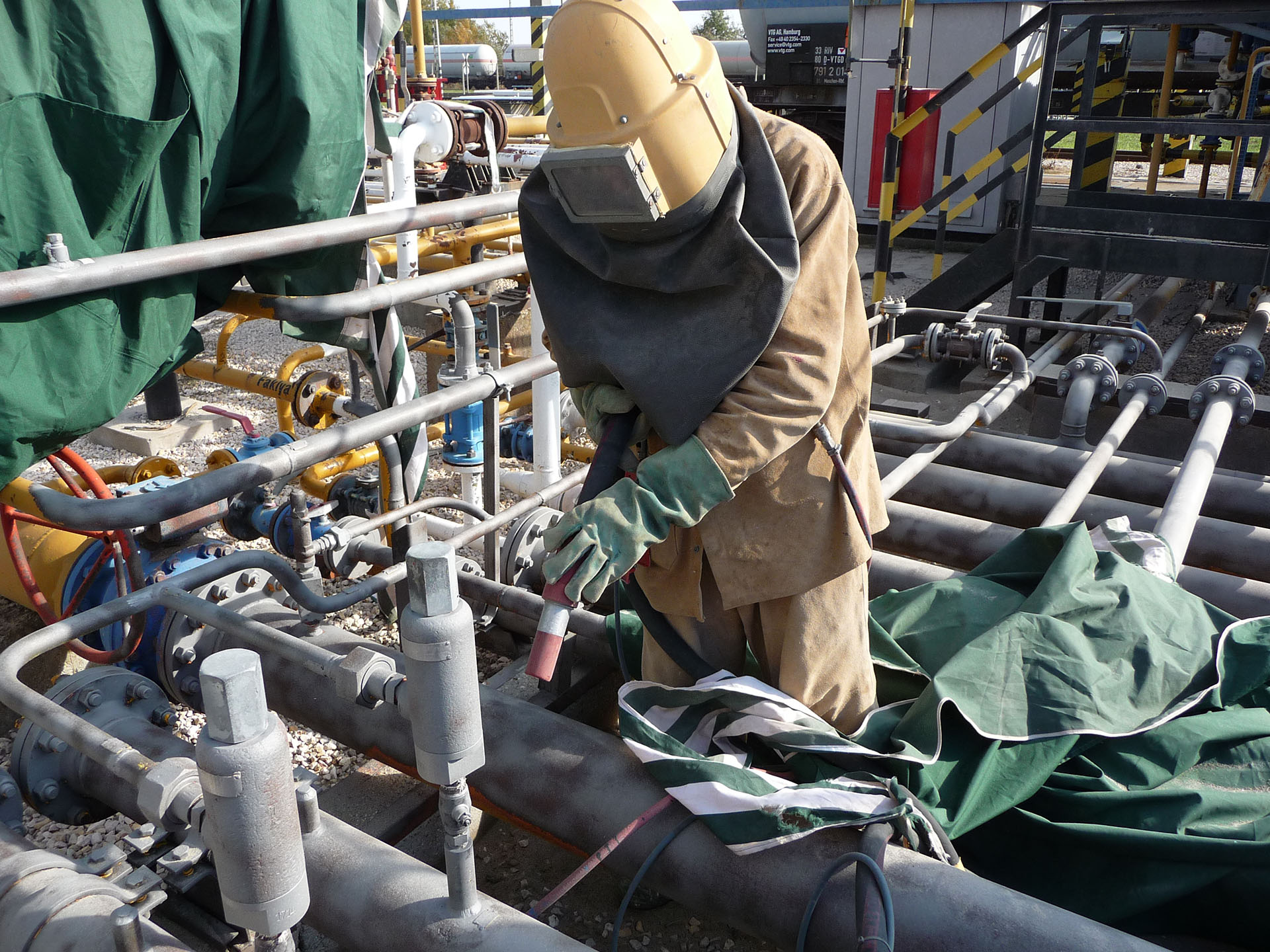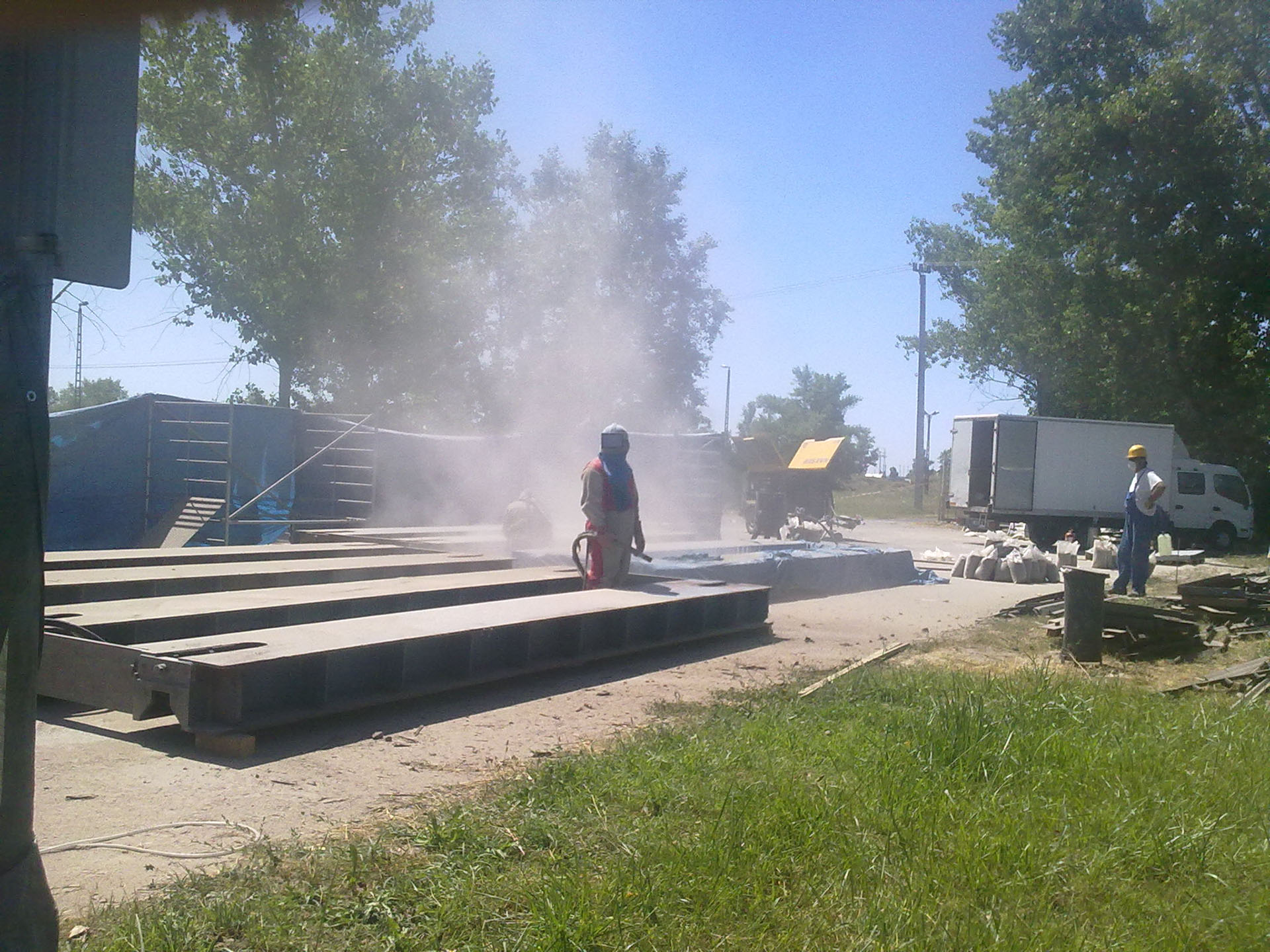Methods for removing contaminants from a metal surface are called surface preparation.
By nature and characteristics we distinguish:
- antioxidant
- degreasing
pollutants.
The degree of surface contamination (K) made by corrosion, the characteristics of the types of adherent contaminations (T) and the grades and marking of closed surface contaminations as well as the tests for defining them are included in the MSZ 1891. standard.
The purpose of surface pre-treatment is to create a passivating layer on the already prepared metal surface which in addition to temporary protection it facilitates better adhesion of the primer. Usually, a layer is formed during pre-treatment which is chemically bonded to the metal. The method of surface preparation and surface pre-treatment should be chosen and applied by taking consideration the material, shape, size, spatial location of the protected structure.
Choosing the surface pretreatment method for steel constructions is related to the layer structure of the paint coating system that is to be applied, but especially to the primer paint material’s type and to expected usage and it’s extent. The method of preparation may vary depending on requisitioning, however, the durability of the surface decisively depends on the quality of the prepared surface. The more they approach the pure metal state, the better the adhesion and corrosion resistance of the coating will be.
Equipment to be used
Among the deoxidation processes, the application of the following has spread in construction practice and job-site construction.
- Manual hammers as pre-cleaning devices (MSZ 1380), hand scrapers (rasketta), spinning-reel jackhammers, pneumatic hammers (VON-ARX),
- Manual grinding, wire brushing with abrasive cloth and abrasive paper (MSZ 4541 and 4542), steels,
- Machine grinding or manual and machine grinding, vibration abrasive when wire brushing, rotary grinders
- Rotary dial wire-brushes (OSBORN-system), abrading with corundum rotating dials (MSZ 4501)
- Compressed air VON-ARX machine cleaning (with steel needles)
- Arrow beam blasting, sand blasting equipment with dry grains of sand and air engine granting the power (modern equipment) (picture 19)
In industrial practice, two types of adhesive dirt are removed during degreasing:
- Organic impurities such as oil, grease etc.,
- Dust or colloidal impurities such as dust, soot, sludge etc.,
Using some methods adhesive impurities can also be removed in go.
Degreasing is being regulated in MSZ 1891/3-71. national standard and in KGMI 22.599-675 and 22.602/1. sectoral technical guidelines and it also includes recommendations for the best degree of purity at certain technologies.
Taking the construction work area and the local conditions and features into consideration, the following degreasing procedures may be used:
- wash-down with aliphatic hydrocarbons
- Hot water and steam jets or chemical combinations with high pressure washing equipment
- Wash-down with synthetic detergents and aqueous solution of emulsifiers
For determining the degree of grease and oil contamination to be removed, in addition to standard MSZ1891/1-67, the sectoral technical directive of KGMI 22.678-76 gives a detailed analysis. Depending on the type of mechanical devices, wearing protective clothing is a must. Beware of electric shock, flying pieces of loose parts, the dust of rust and abrasives. Degreasing operations and their quality must be adapted to the surface protection corresponding to requisitioning. Excessive cleaning assures technical advantage but increases operating costs, however insufficient cleaning will shorten the life-span of the coating. The optimization of them is also part of the corrosion design. For the degree of purity of some surface protection technologies and types of paint coatings MSZ 1891/3 and KGMI 22.678-76 regulations are giving the required values.
Corrosion protection is economically considered to be extra work that increases the value of a product or structure with it’s own value in order to protect the value in use. So it’s use is economical in all cases when the extra work for protection (expenses) is less than the cost of maintaining the same condition would be.
Surface protection is the “weakest link” in corrosion protection thus it determines the economics of protection as well. Based on domestic and literature surveys the following chart summarizes the frequency of repainting in different surface protection procedures (maintenance) and in total costs over time (50 years). Based on the data, the extra cost of surface preparation will pay off in the long run as refurbishment cycles can be significantly increased, resulting in significant material, energy and labor savings.
FEATURED SERVICES
COATING TECHNIQUE

GARDEN AND PARK CARE

GENERAL IMPLEMENTATION













